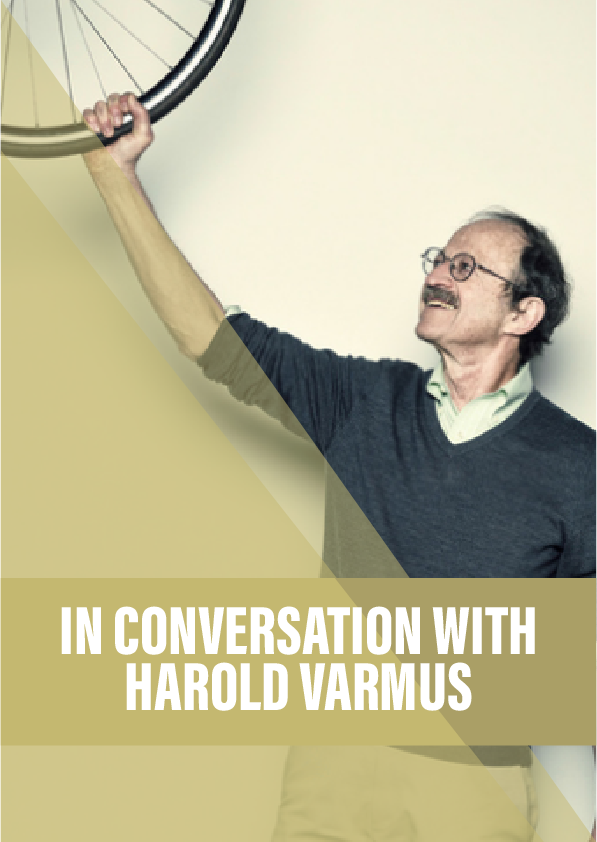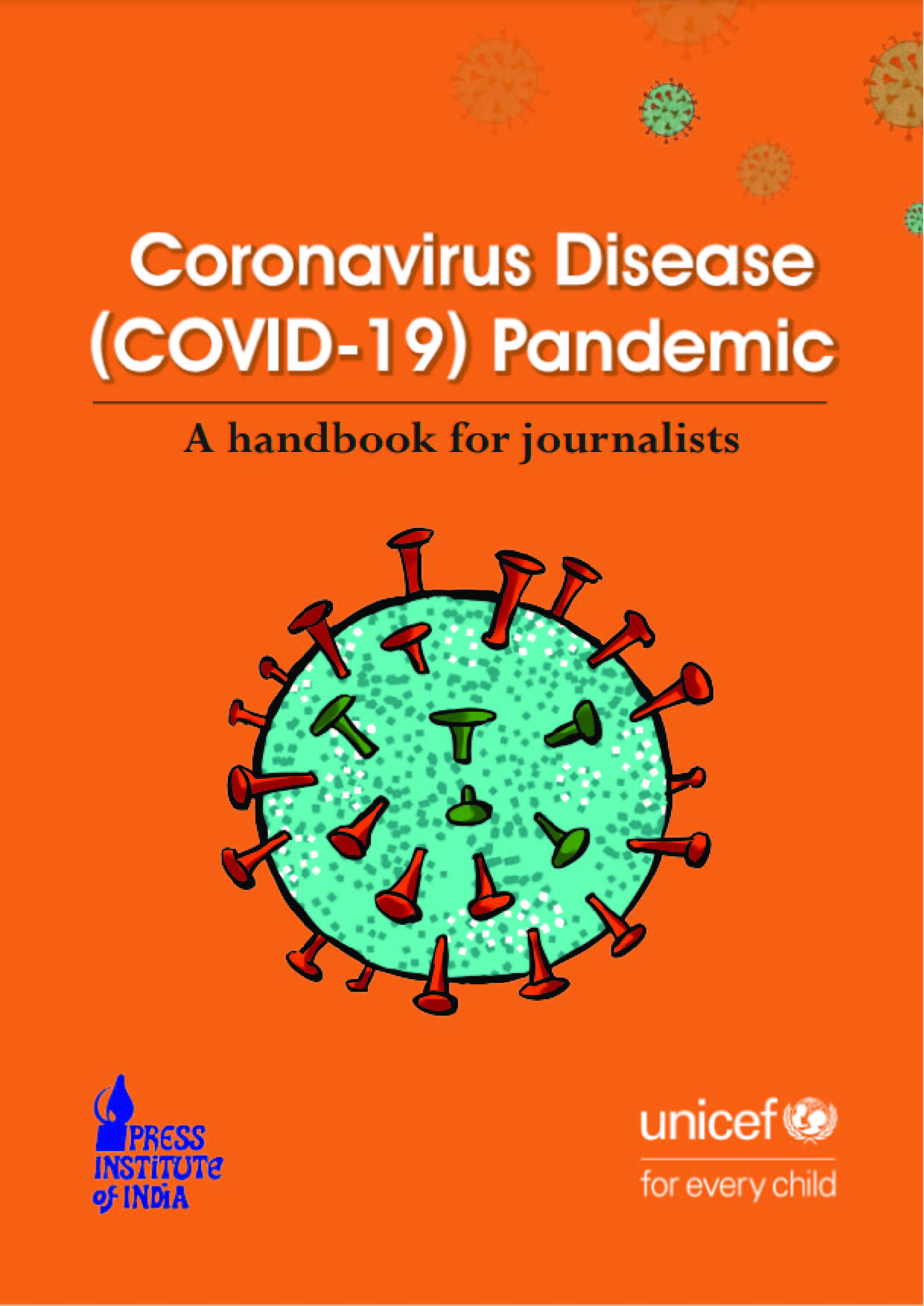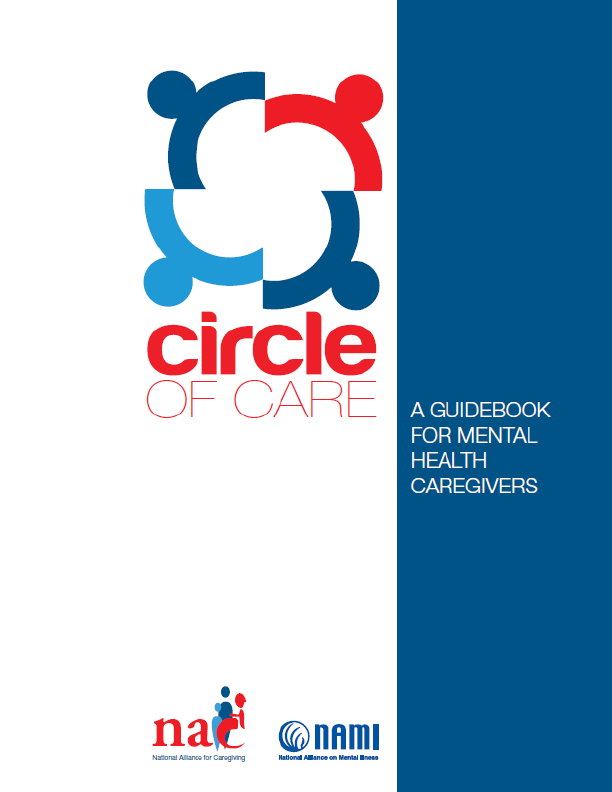The night before Harold Varmus received a call from Sweden telling him he’d won the Nobel Prize, he had been out drinking with friends. He was a little hungover when the phone rang in the dead of night.
“I’m sure I was smiling,” he says, thinking back to that call. In only a few minutes, the news had spread and phone calls began pouring in. “I have an image of myself, because there was a picture taken of us, you know, just standing in the hallway talking on my phone for about three hours; endless calls kept coming in from various people. Then we trotted off to a press conference…it’s an exciting day.”
The Nobel committee had already tried to get hold of Mike Bishop, Varmus’s long-time research partner, and left a message on what they thought was his answering machine to tell him he had also won the most prestigious prize in science. But when they asked Varmus for his colleague’s phone number, they soon realised they had called the wrong man. The Nobel committee had called another Mike Bishop, a faculty member in the psychiatry department at the University of California, San Francisco. “So they called back the first Mike Bishop they had called and they left another message, saying ‘Please ignore the first message’.” No one knows how that Mike Bishop responded to that particular succession of phone messages.
Almost two decades before the Nobel committee’s call, Varmus had joined Bishop’s lab to work on better understanding how cancers develop and the part viruses might play in causing them. Their work had its ups and downs, but within a decade they had laid the foundations for our modern view of cancer as a disease of the DNA in our cells. The most advanced and most promising strategies to understand and tackle this set of diseases today – from sequencing tumours to finding targeted therapies for individuals – come from the early work of a man who was a hair’s breadth away from never studying science professionally.
Reference:











